4 min read
Taking action for cleaner beaches and seas in Cancun
Diana Gonzalez
:
Sep 22, 2022 3:19:05 PM
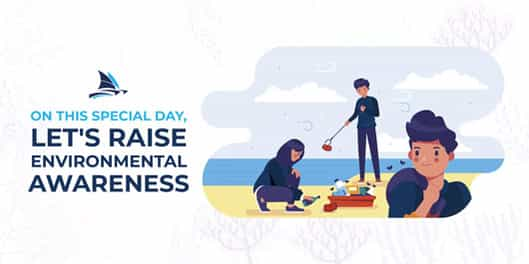
In this article, we will tell you about the environmental problems that Quintana Roo faces as a tourism destination and the environmental education strategies (and actions) implemented by the government, the private initiative, and the population to care for the beaches.
Meet our program for beach cleaning and environmental care Cancun Sailing

Quintana Roo’s environmental issues
The pollution problem affects all destinations worldwide, and in the case of Quintana Roo, sites such as jungles, beaches, cenotes, and freshwater bodies are the main affected.
The Ministry of Environment and Natural Resources in Mexico (SEMARNAT) indicates that beach pollution comes from Natural and Human Activities in coastal zones.
|
Pollution from natural sources |
Pollution from human activities |
|
|
The above table gives us an idea of the impact poorly controlled human actions generate in the waters of our beaches.
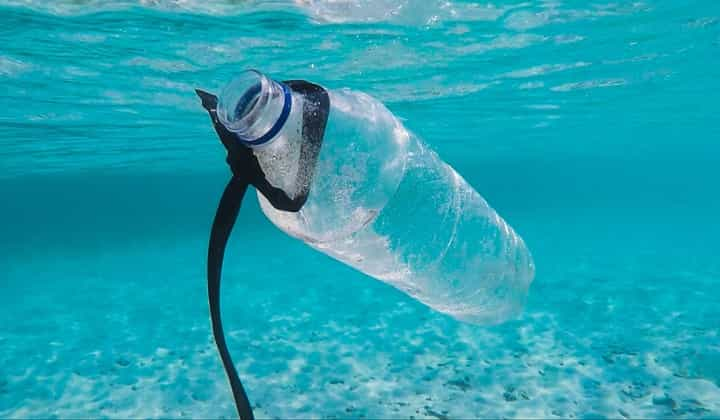
And if we talk about the effects of pollution in the water of the seas, according to the article by Dr. Teresa Álvarez, located in the institutional repository of ECOSUR, uncontrolled human actions cause consequences such as "...erosion and increased turbidity in the water; the generation of garbage; the discharge of dirty sewage and rainwater into the marine environment; pollution by petroleum hydrocarbons generated by boats, and outboard motor vehicles; the use of pesticides for golf course maintenance and insect control."
In the specific case of the seas of Quintana Roo. During the meeting "Solutions to Marine Pollution for a Green Recovery" in commemoration of Oceans Day, the UN representative in Mexico, Dolores Barrientos, emphasized that "...the world's oceans...are the main climate regulator, the benefits they provide are affected by the deterioration of the health of marine and coastal ecosystems, caused by pollution, climate change, overfishing and loss of habitat and biodiversity."
All this evidence shows that it is in our hands -as humanity- to take action to care for beaches through actions that involve comprehensive environmental education.
Actions to take care of our beaches and seas
Government actions

Currently, the Government of the State of Quintana Roo, in conjunction with other agencies, has created different strategies to spread the message of the importance of beach care through manuals and programs such as:
COFEPRIS Operating Manual
The Federal Commission for the Protection against Sanitary Risks (COFEPRIS) has issued an operational manual for the Surveillance of Primary Contact Water on Beaches and Fresh Water Bodies. While this government agency does not focus on beach care, its application helps to understand and evaluate the contamination risk of Mexico's beaches and seas.
The objectives of the manual are as follows:
-
Establish risk criteria according to the enterococci levels present in the water to prevent health risks to the bathing population.
-
To establish criteria for disseminating reliable and timely information to beach users.
-
Establish the sampling procedure and test method to determine the seawater quality indicator.
This manual will help us collect all the scientific information we need to know how polluted our beaches are and how safe they are to swim in.
Clean Beaches Program
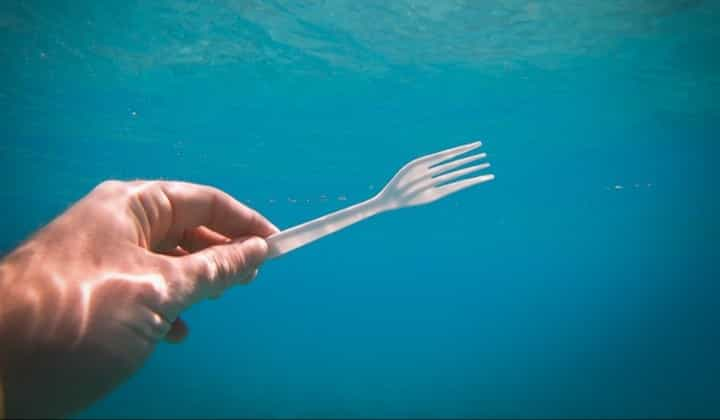
The program aims to protect users' health and improve the environmental quality of Mexico's beaches. It is distinguished by:
- Carrying out sampling and analysis of beach water in Mexico's 17 coastal states.
- Invite to report anomalies in the SEMARNAT, COFEPRIS, and Beach Committees pages.
- Distribute results transparently on their platforms.
- Distribute manuals and guidelines among visitors and tourism companies to guarantee good practices when using beaches and seas.
State Development Plan: Axis 5
The State Development Plan, currently being carried out by the Government of Quintana Roo, has five axes, the number 5 being ORDERLY GROWTH WITH ENVIRONMENTAL SUSTAINABILITY. This axis includes Program 28, a series of guidelines that guarantee natural resource conservation and sustainable use. Some of these guidelines are:
-
Implement measures to recover, clean, and mitigate beach erosion as well as the use of sargassum.
-
Collaborate with the competent authorities to restore coral reefs to recover productivity and marine life.
-
Strengthen the integral management of solid waste in the state.
-
Promote solid waste recycling campaigns.
-
To train the social, public, and business sectors on adequately managing their waste plans.
-
To carry out outreach activities for the rational and sustainable use of natural resources.
-
To enforce regulations and monitor the emission of pollutants into the soil, air, and water generated by fixed sources under state jurisdiction.
-
Promote the use of technical guidelines for pollution control.
Civil actions
Since we know that our beaches are threatened, as citizens, we can take action involving a complete environmental education. Some of the small actions we can do to avoid the pollution of beaches and seas are:
At the beach
- Pick up your garbage when you leave: It doesn't matter if it is organic material. Take your trash with you when you leave the beach and dispose of it properly.
- Avoid using sunscreen: You can use it out of the sea; if you go swimming, wear long-sleeved swimsuits to protect yourself from the sun.
- Do not touch marine fauna: Avoid all costs of touching marine animals such as starfish, corals, or sponges. They are very delicate beings (and some are dangerous). Besides, it is illegal, and you will most likely be fined for doing so.
- Avoid using plastic bags that can fly away.
- Join beach cleanup groups: Some groups, like Snorkeling 4 Trash, organize regular cleanups in a fun environment.
At home
- Recycle your trash. You can take it to the Recycleathon.
- Use ecological means of transportation
- Don't wastewater...
- ...and don't pollute it with detergents or oils. Dispose of them responsibly!
- Share environmental initiatives online and by word of mouth.
- Use reusable packaging
- Speak up! Contact your local authorities if you know of companies or groups that threaten the environment.
- Educate yourself about recycling. Companies such as Ecoliiks offer courses and help to responsibly dispose of non-recyclable waste.
Remember that these actions are not only to protect the beaches and seas from pollution but also to reduce our carbon footprint worldwide and help the environment in general.
Actions of the companies
As the government and citizens join efforts for good care of the beaches and seas, Quintana Roo's touristic companies have implemented strategies and alliances that guarantee sustainable tourism development. These strategies are:
- Aligning the company's corporate policies with the 17 UN Sustainable Development Goals, especially Goal 6: Water and Sanitation and Goal 14: Oceans.
- Partnerships should be created with companies dedicated to environmental care, such as water sanitation plants and recycling companies with responsible garbage disposal programs.
- Acquisition of badges and certifications that endorse its commitment to sustainable actions (such as the Blue Flag Certificate).
- Implement education programs for customers and visitors to correctly use natural areas and resources.
Remember that if all levels of government, businesses, citizens, and civil associations join together to care for the beaches and the seas, we can learn how to reduce pollution and take care of the beaches.
Posts by Tag
- Avante Environmental Program (6)
- Beach Club (3)
- beaches (1)
- Blue Flag (9)
- Cancun (35)
- Cancun Beaches (10)
- Cancun Party (3)
- Cancun Sailing (25)
- Catamaran Tour (12)
- Contoy Experience Tour (1)
- Events (6)
- Food (6)
- Fun Facts (14)
- Isla Contoy (3)
- Isla Mujeres (29)
- kids activities (1)
- Marine Life (10)
- Mayan Culture (6)
- Mexican culture (7)
- Nature (10)
- News (10)
- nightlife (5)
- party (1)
- Private Charters (8)
- Reef (4)
- SailingTips (9)
- Snorkel (11)
- Sports (3)
- Sustainability (11)
- Travel (38)
- Ventus Social Program (4)
- Whale shark (3)
- Yacht Rental (5)
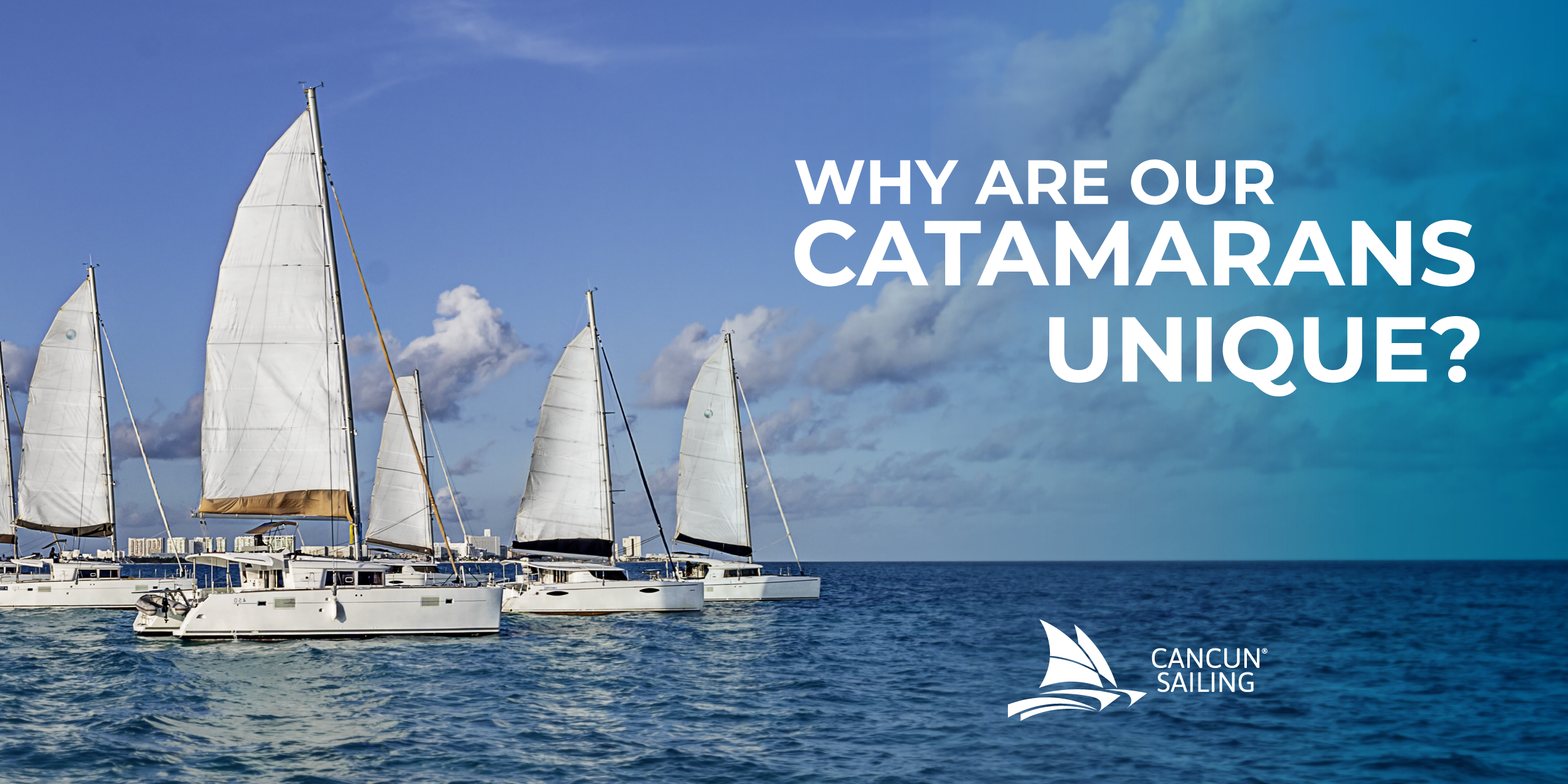
5 things that make Cancun Sailing catamarans cool
Do you know why Cancun Sailing catamarans are the best option for a private charter or a tour to Isla Mujeres? Read on and find out the 5 things that...
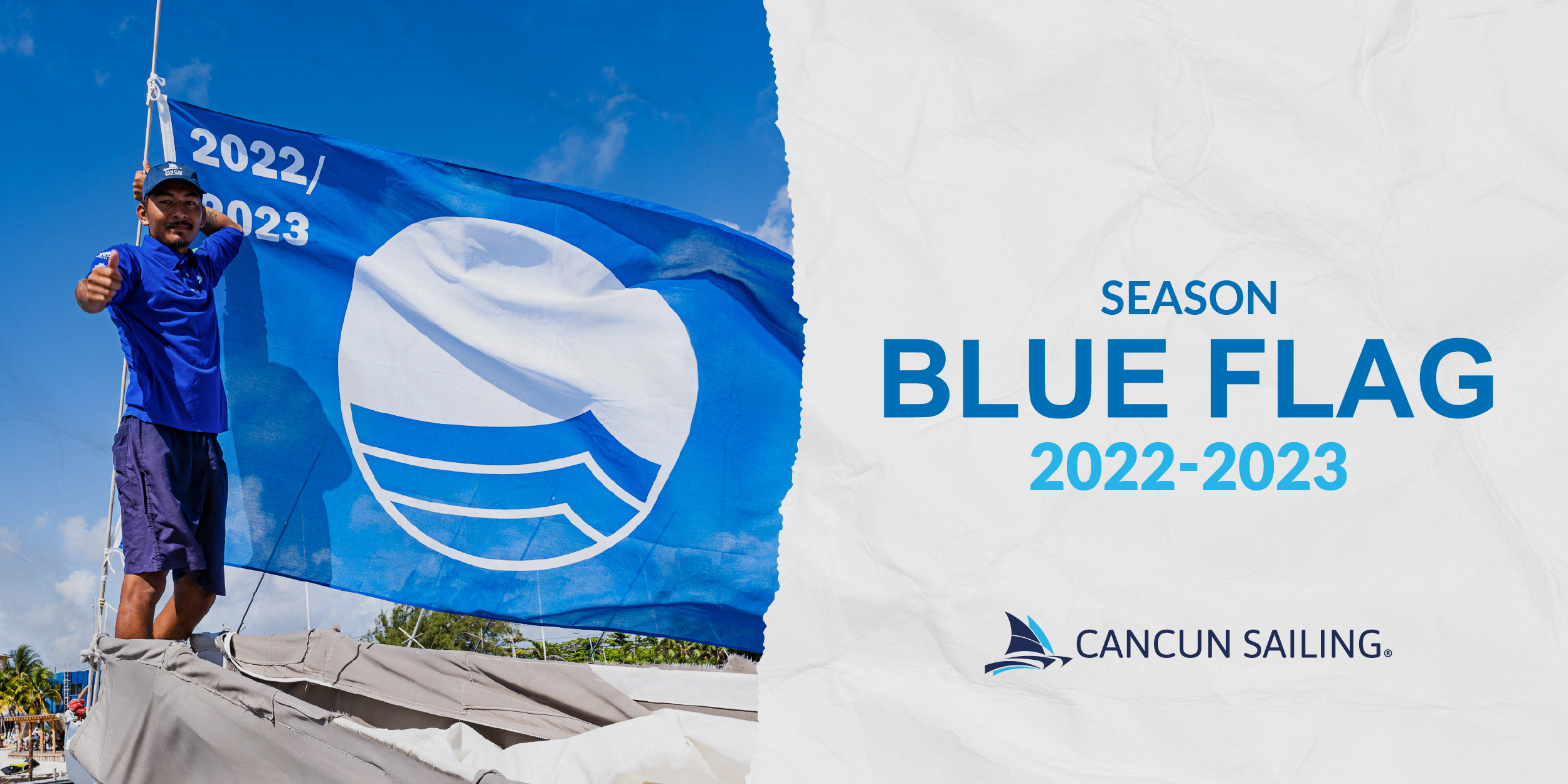
Blue Flag 2022-2023 Season Cancun Sailing
We were part of the Blue Flag 2022-2023 Ceremony, in which we kept Cancun as the destination with the highest number of Blue Flag vessels worldwide....




